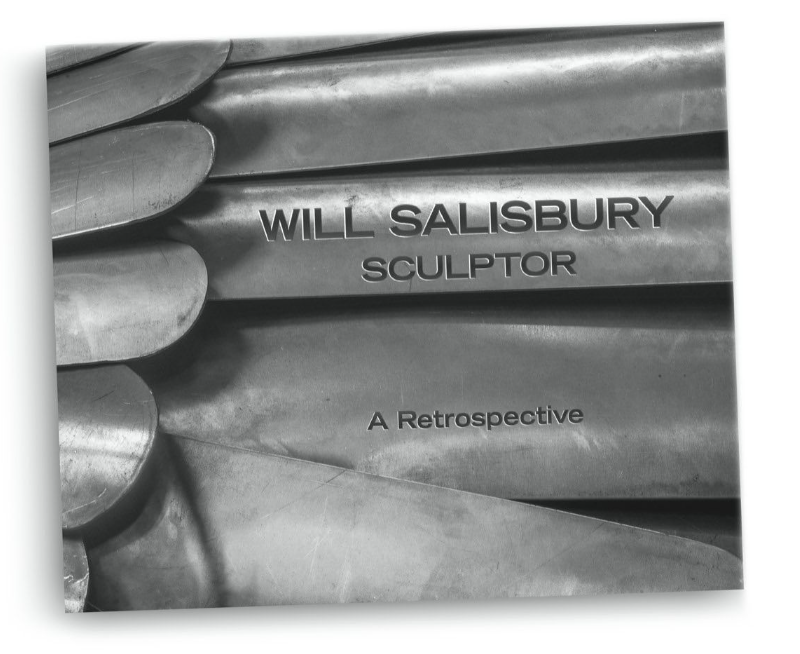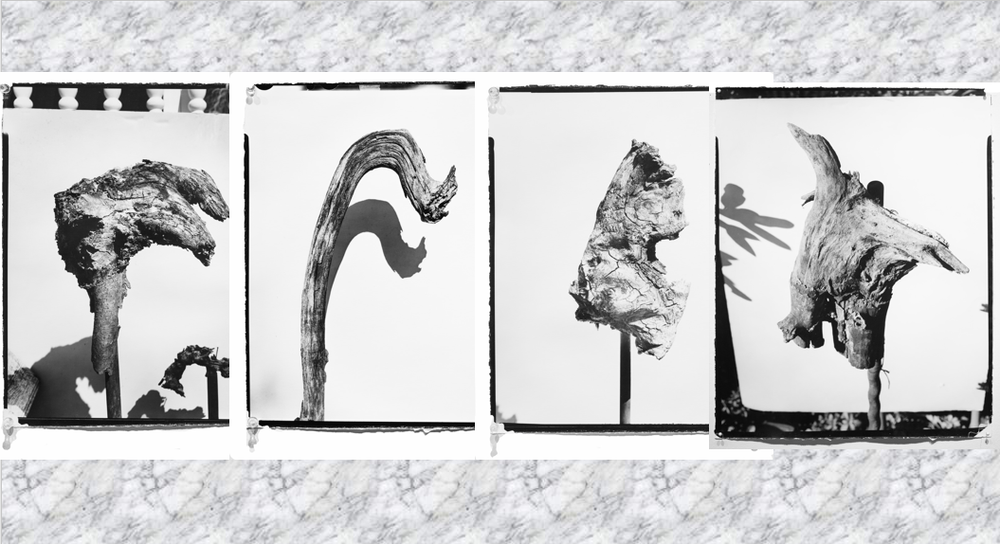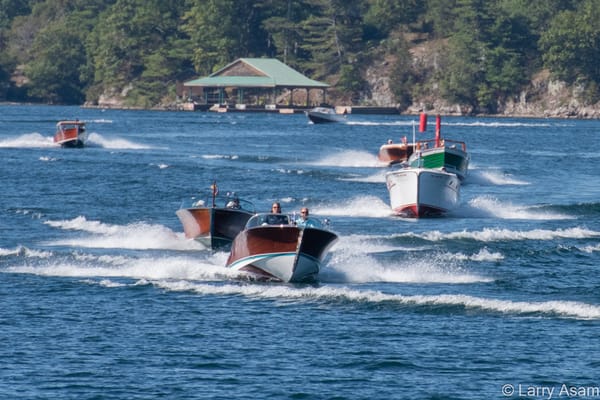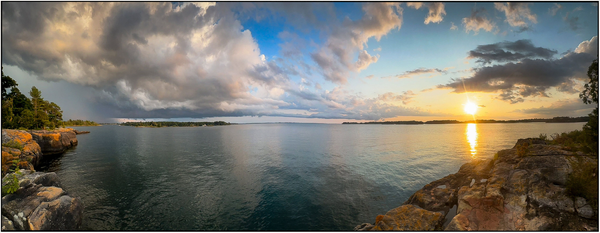Thoughts About The Untitled Photographs!
by: Richard Margolis
[Editor's Note: How pleased I was receiving Richard Margolis' email asking if we would accept his submission with thoughts about the untitled photographs. Of course I was pleased and appreciative as artists such as this photographer make our lives brighter especially in February.
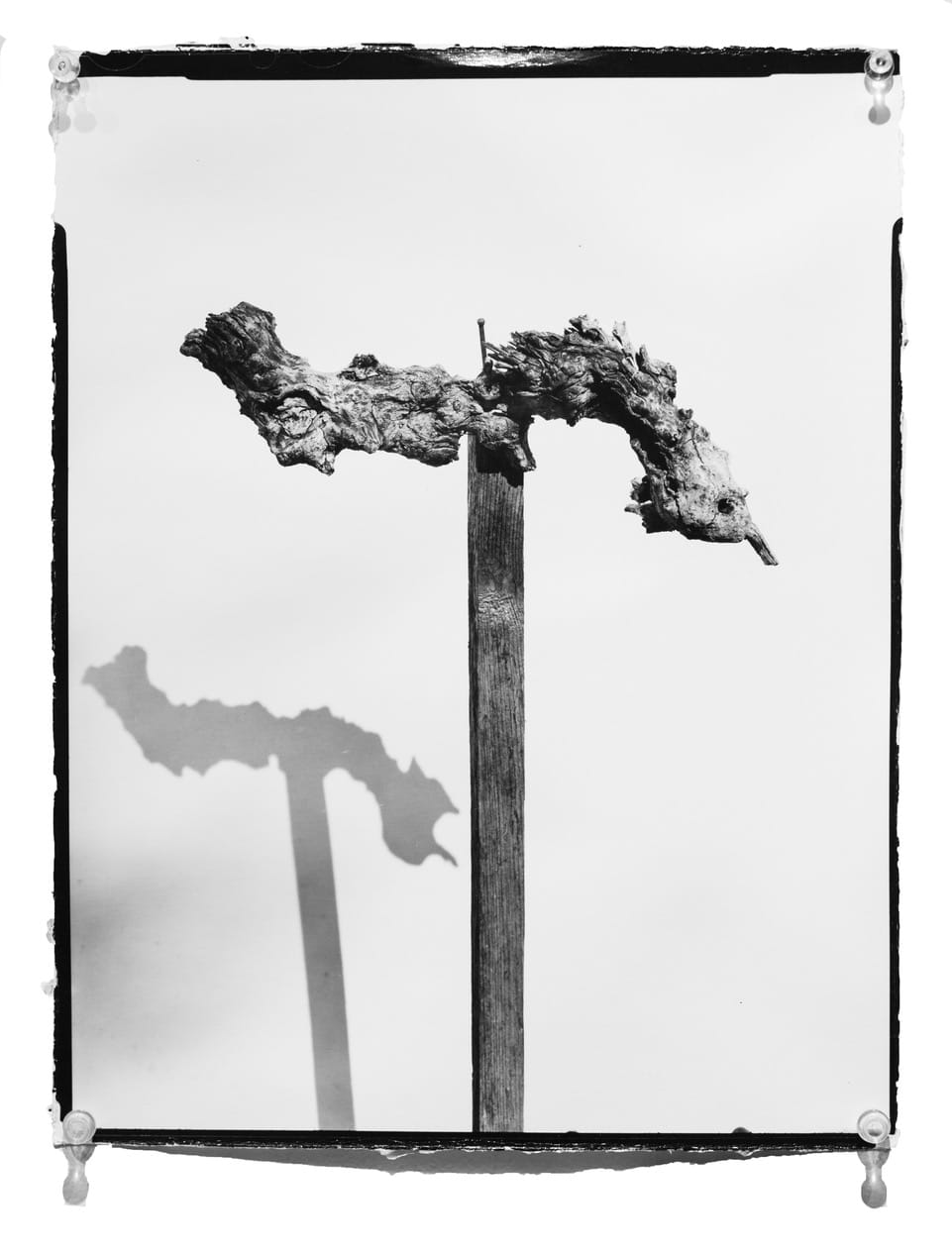
As a photographer, the option to use a digital camera is tempting, although the choice depends on several factors. If the picture has to be color, is for reproduction, or for a client, then digital format is the best option. These “Untitled” images, and much of my work, are intended to be exhibited framed and hung on a wall, because I appreciate that fine art tradition. I used a 4 x 5-inch Linhof camera on a tripod, so in today’s parlance, this is analog photography.
The relationship between film and digital is subtle and complicated. Digital is easier, often using the phone in your pocket, so it’s always available and for most purposes, complete when the button is pushed. It’s in color, so it looks pretty much like whatever caught your attention and
can be transmitted instantly to just about anybody. That makes it good enough, and that is usually all you need.
My first photography class used film because it was before digital. The film was processed in the dark and prints made by hand under dim red lights in trays with chemicals. It seemed like magic, watching a face appear on what had been a sheet of white paper just a minute before.
When digital cameras were introduced, they eliminated the tedious darkroom work, and a desktop printer offered the option of having pretty good prints, or flickering images on a screen.
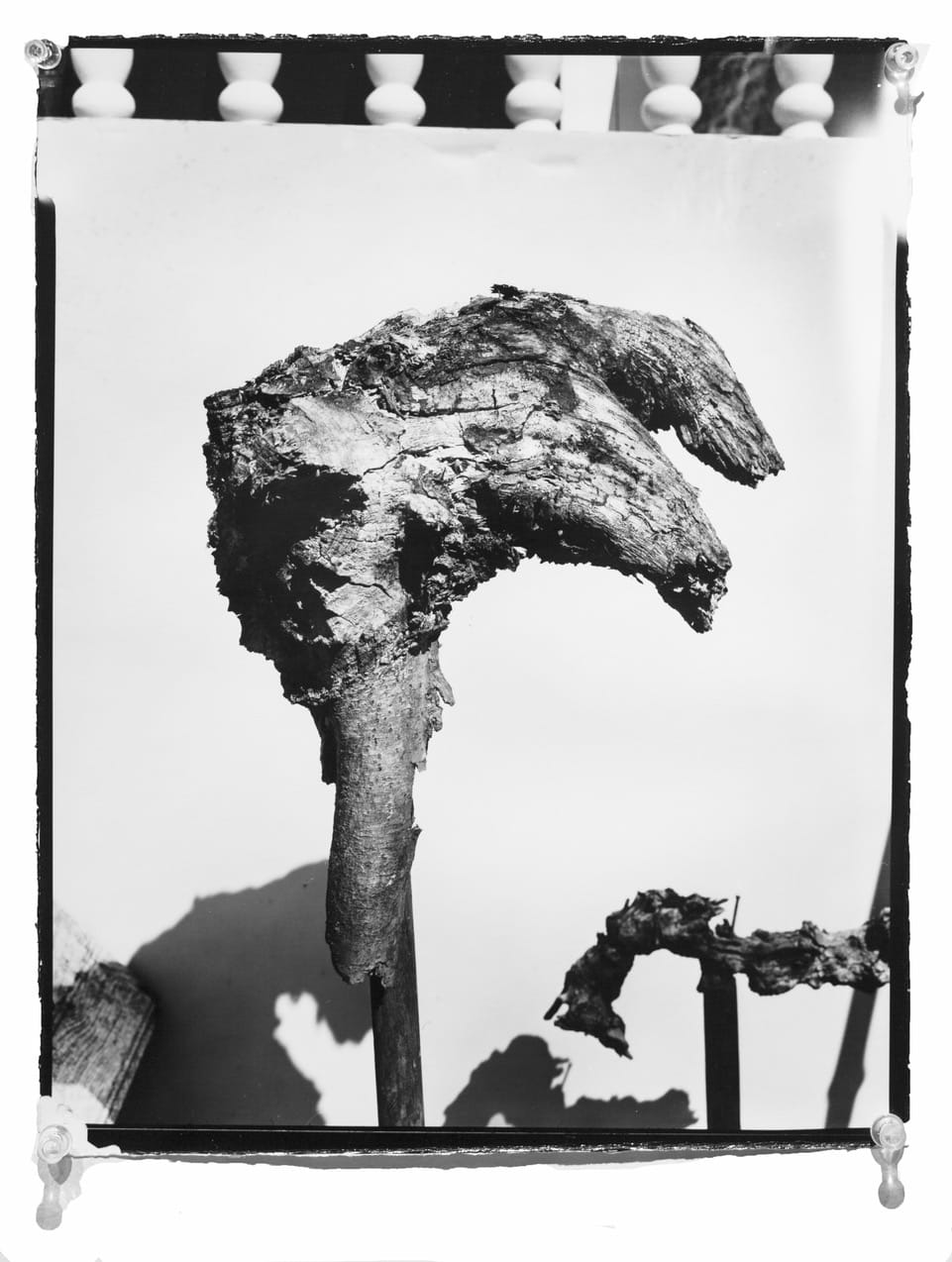
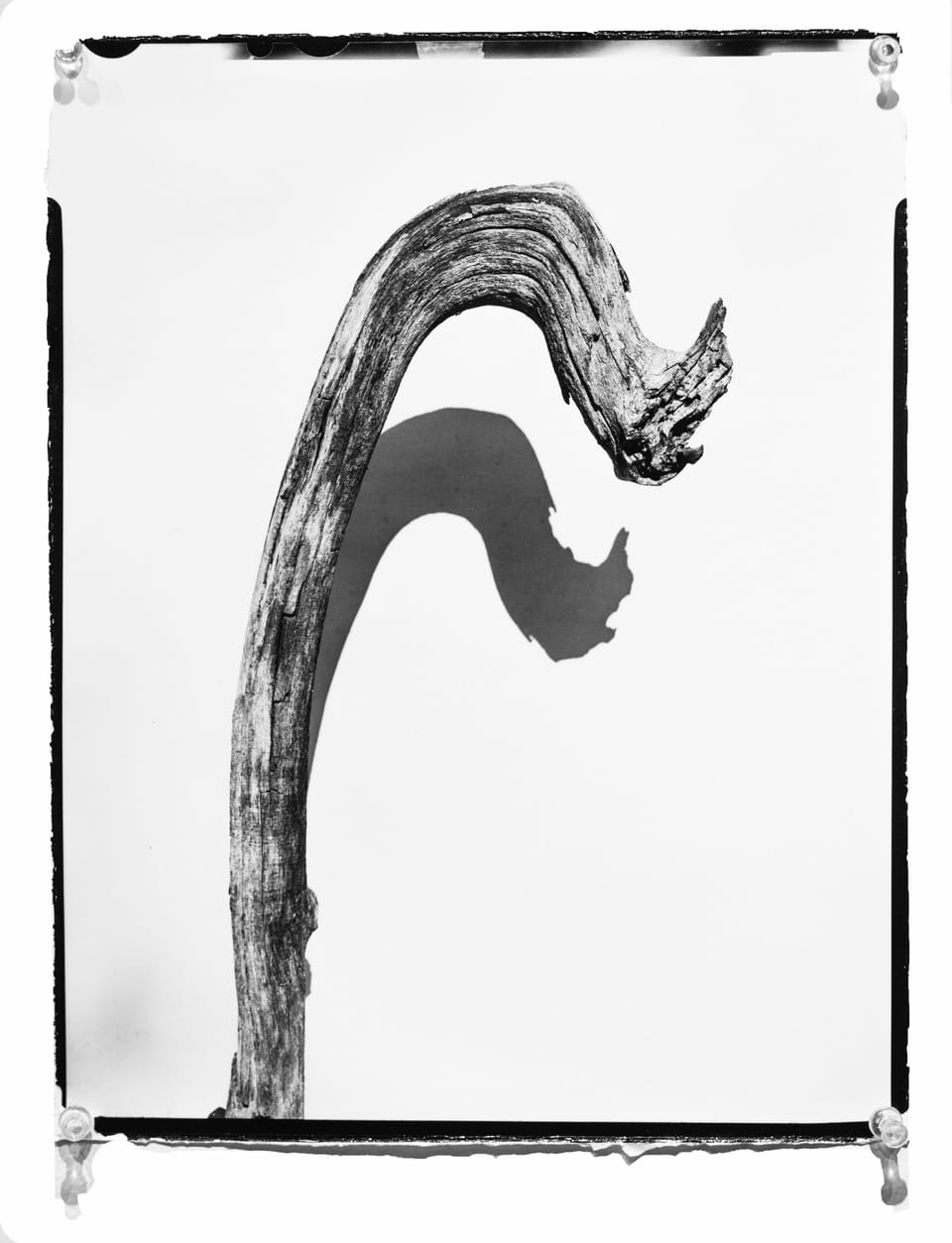
Untitled Sprites L:#2; R:#3 [Photos by Richard Margolis ©2025]
I began to take digital pictures when I didn’t have the big camera and tripod available, and some of them were lovely. And with Photoshop, I could design pages with text and books, so there were more possibilities.
Eventually I wanted more, “easy” lost its appeal, and I realized that digital printers could not match the tonality of a silver gelatin print made by hand in my own darkroom. Now, I use digital for some pictures and black and white for those that I will want to frame. About a year ago, I began using a 4x5 Linhof on a tripod again, and it was like reuniting with an old friend. The Linhof is a lot more work certainly, but the results are more satisfying, like the difference between recorded and live music, or skim vs whole milk.
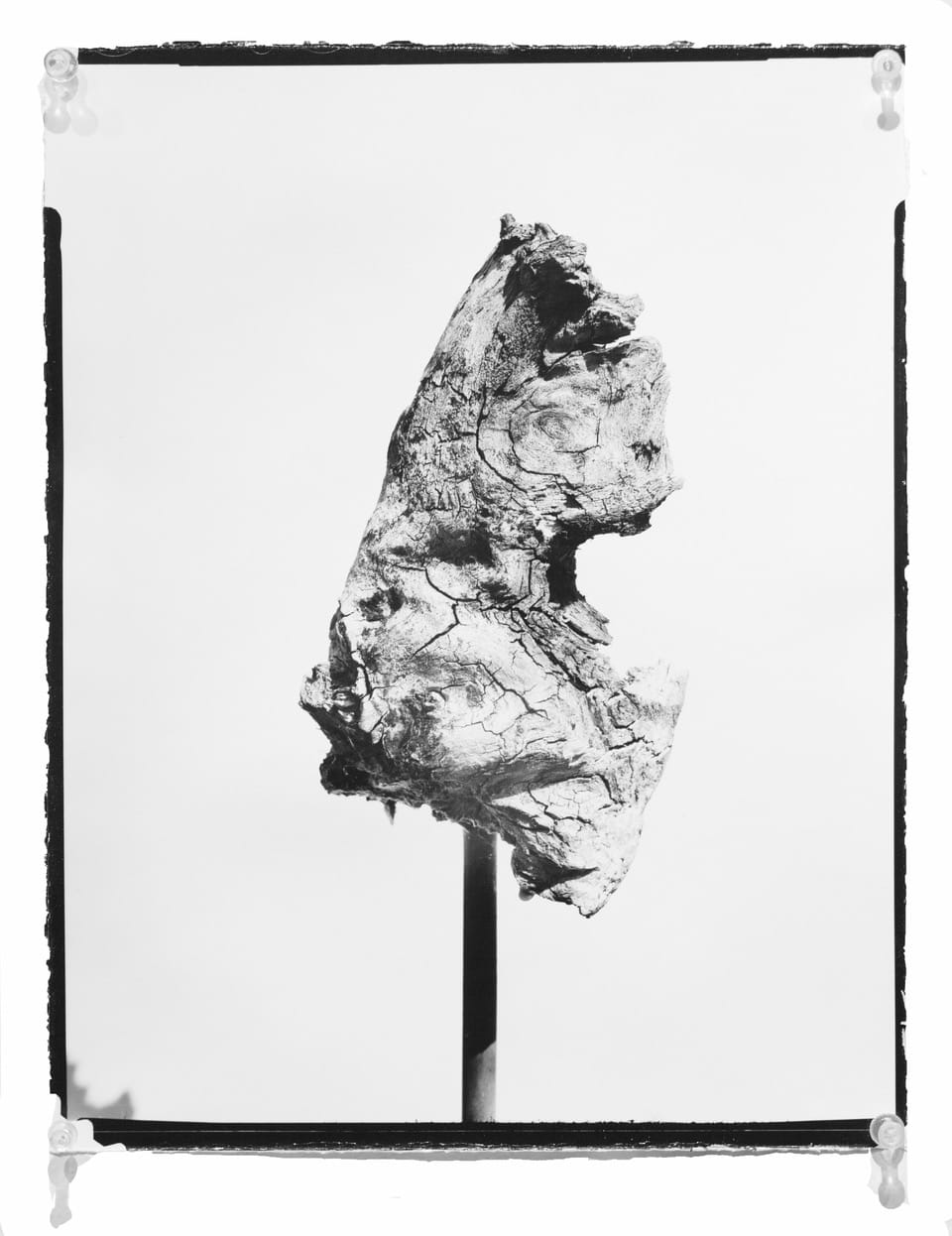
For years, I have collected these peculiar, gnarly, wood things that looked like creatures and then I started to install them in the rock garden next to the back porch at our cottage. But it took me a long time to see them as subjects to photograph, perhaps because they were so easy. For years, I had photographed bridges, big trees, or landmarks, and other subjects that required research and planning and travel. I felt almost guilty to have these so close that I could set up and finish photographing them before the morning coffee was cold. Could I call that work?
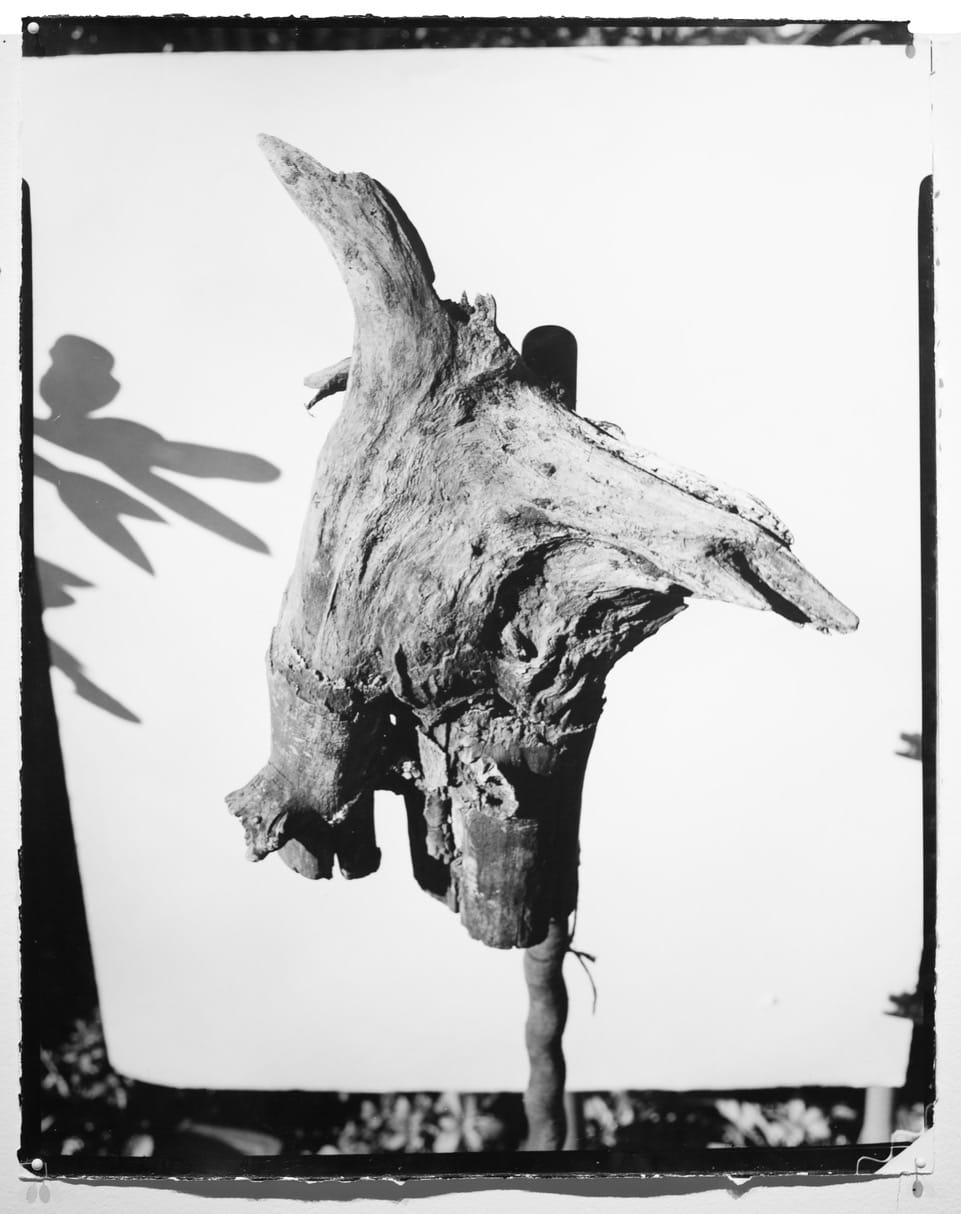
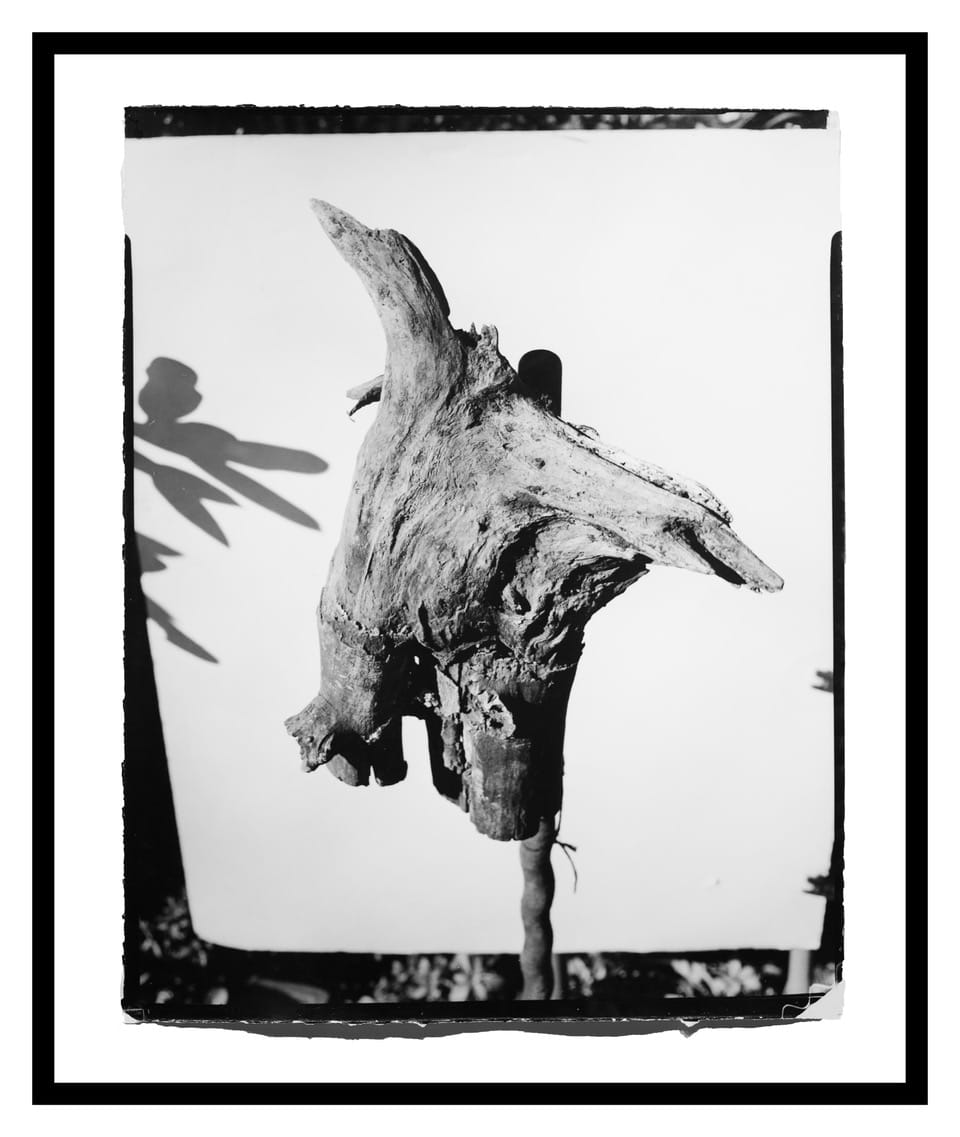
Untitled Sprites L:#5 & R: #6 [Photos by Richard Margolis ©2025]
I began to photograph the nymphs, or sprites, to see what they would look like and then decided to make 11 x 14-inch quick prints. If you look closely, the first five have push pins in the corners because I put them on the wall and photographed them, so I’d have a .jpg to catalogue or to post them on Instagram. Number 6 is a 16 x 20-inch print in a 20 x 24 inch frame that is now in the annual Member’s Show at Rochester Contemporary (ROCO). 16 x 20 inches is about life-size and may be best, although I’m tempted to see what a 24 x 30 inch print will feel like.
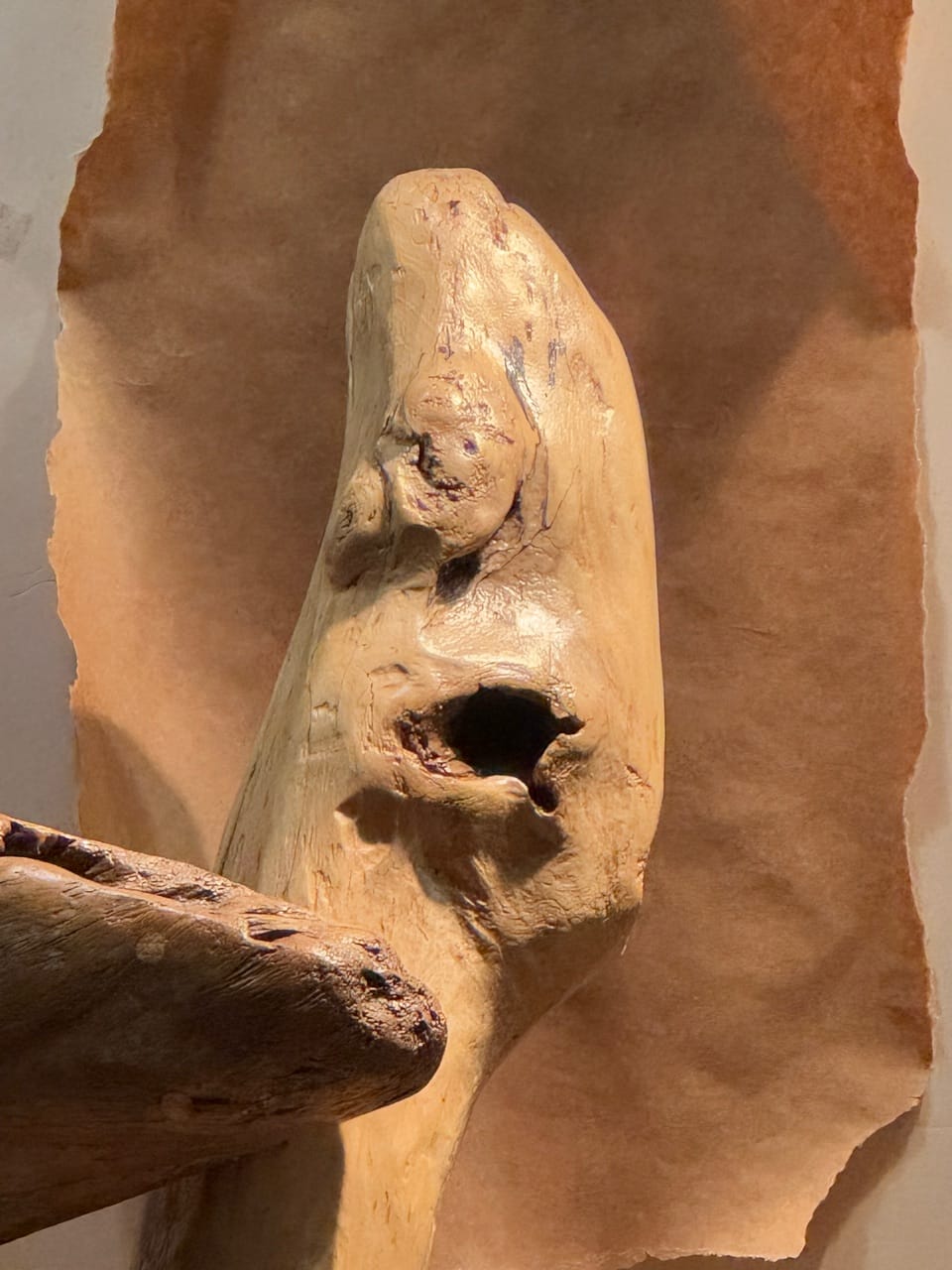

Untitled Sprite L:#7 & R"#8 [Photo by Richard Margolis ©2025]
Number 7 is an iPhone picture of a “thing.” I’m not sure what else to call it, and although it’s been in my studio for several years, I had not noticed the face until a couple of weeks ago. Now, I feel like it’s screaming at me whenever I look at it. #8 is the same “thing” converted to black and white with Photoshop, to help me visualize what a B&W print will look like.
I’ve decided to name these “Untitled,” so as to avoid giving them an arbitrary literary or romantic name, which would create an image in the viewer’s mind. “Untitled” allows, perhaps forces, everyone to create whatever associations they choose.
By Richard Margolis
Richard Margolis is an architectural photographer with a studio on the 4th floor of a former shoe factory in Rochester and spends his summers on Wellesley Island. His web site is www.RichardMargolis.com and Instagram is @Margolis_Stuidio.
Richard is the photographer who captured the very special Thousand Islands sculptor, Will Salisbury's work in the book: Will Salisbury, Sculptor: A Retrospective, which was featured in June 2020: https://thousandislandslife.com/the-book-and-the-sculptor/. The retrospective of Salisbury's work was presented at the Thousand Islands Arts Center, Clayton, NY, in July, 2020.
